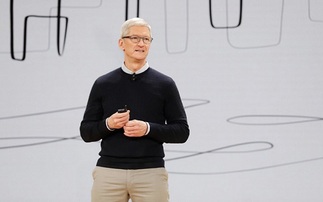Global IT spending will fall to $3.49tn in 2016 due to economic uncertainties
Economic uncertainties are forcing IT leaders to "tighten their belts" when it comes to technology spending in 2016, challenging them to find ways to pursue digital transformation on limited budget...
To continue reading this article...
Join Computing
- Unlimited access to real-time news, analysis and opinion from the technology industry
- Receive important and breaking news in our daily newsletter
- Be the first to hear about our events and awards programmes
- Join live member only interviews with IT leaders at the ‘IT Lounge’; your chance to ask your burning tech questions and have them answered
- Access to the Computing Delta hub providing market intelligence and research
- Receive our members-only newsletter with exclusive opinion pieces from senior IT Leaders





















